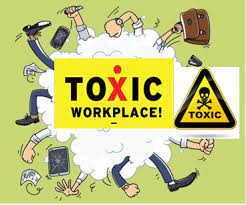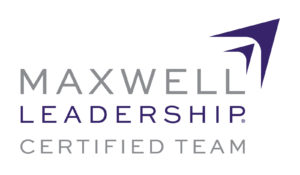
Leadership and learning are indispensable to each other. – John F. Kennedy
Hopefully, you didn’t miss the recent story about Lufthansa CEO Jens Ritter. He took to LinkedIn to share his experience by stepping into the role as an additional crew member on a flight from Frankfurt, Germany to Riyadh, Saudi Arabia.
Ritter, a former pilot himself, joined the crew in serving the passengers aboard the flight. In his post, he said, “Sometimes, you need to change perspectives in order to gain new insights,” he wrote on LinkedIn about his experience. He added, “It was so interesting to address the guests’ wishes individually, to deal with the different energy everyone has.” he said.
Ritter’s example serves as a great lesson for all leaders. It’s one thing to make decisions in your office that will have an impact on your people, but it’s another to walk in their shoes and see for yourself the impact of those decisions. Ritter added, “Deciding things in the office will be different after really feeling the decisions on board.” This is the genius behind what he did and why it’s worth modeling.
As a leader, you make decisions that have consequences beyond the confines of your office. Understanding the impact and consequences of those decisions should never be lost on you. So, what is a leader to do? Let’s start with some basics.
Don’t confuse what’s best for the bottom line with what’s best for your people
As a leader, you have to look out for both. It’s your responsibility to understand the difference between the monetary cost and the morale cost. You can’t win the monetary cost by sacrificing the morale cost. If you lose the morale cost, you will almost inevitably lose the money cost. Click To Tweet

By placing himself firmly in the shoes of the people impacted by his decisions, Ritter gained a greater appreciation for the impact of his decisions. If you want to be an effective leader, you’ll need to learn to do the same thing.
Your relevance as a leader is proportional to the relationships you build
John Maxwell was right when he said, “People don’t care how much you know until they know how much you care.” And this will always be the secret sauce of your leadership. When you learn the value of relationships as a leader it’s transformative.
You can be a leader by default because you have a title or you can be a leader by inspiration because you have the hearts of your people. I’ll go out on a limb here and say Ritter is an inspirational leader because he understood the value of walking in the shoes of his people. I can assure you that his fellow crew members will never forget the day when their CEO walked in their shoes. If you want to be an effective leader, you’ll need to learn to do the same thing.
You must choose between making a good impression or making a great impact
In leadership, it comes down to this choice you will need to make. Do you want to impress people or do you want to impact people? Far too many are satisfied with simply making a good impression.
Howard Henricks stated, “You can impress people from a distance, but you can only impact up close.” And this is your choice as a leader. Ritter could have stayed in his office and in some small way impressed his people. But up close he impacted them and learned some valuable lessons along the way.
If you want to be an effective leader, you will have to decide whether you want to impress your people or impact them. One choice requires nothing from you while the other will move you from a place of superficiality to significance.
Final Thoughts
Walking in the shoes of your people is one of the greatest and most appreciated things you can do as a leader. It keeps you grounded, relevant, and informed. The greater the distance between you and your people, the greater the gaps are in your leadership. If you haven’t done so lately, take a walk in the shoes of the people you lead.
©2023 Doug Dickerson









